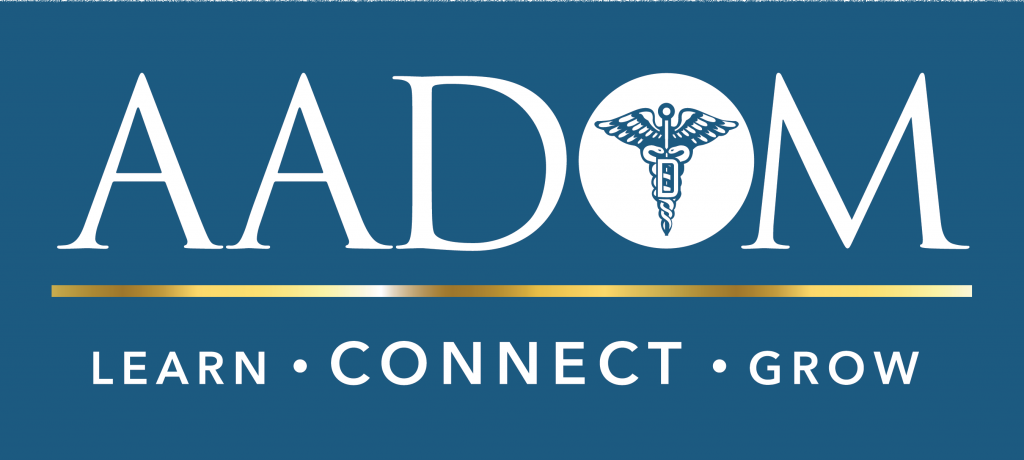Third Molar Extractions
Third Molars or popularly known as Wisdom teeth are the posterior most teeth present in the oral cavity. In the majority of population, these are present in their normal position in the dental arch.
While in a few these are impacted or present under the gingival tissue and are hidden from the view.
There are numerous types of impactions, one classification is as per their angulation; they can be angular, partial, horizontal, or vertical.
What are wisdom teeth? When do they erupt? Why do we need to get them extracted?
Let’s increase your knowledge about these basic questions, which come to your mind when thinking about wisdom teeth.
There are a total of 4 wisdom teeth in the oral cavity, one in each corner, i.e. upper left and right, lower left and right. These erupt from the age of 16 to 22 years, with early eruption in females as compared to males.
During the eruption phase, one might feel uneasiness or irritation in the gingival tissue, or gums, followed by difficulty in mouth opening because of muscle spasm, and if not taken care of, the situation might worsen leading to minimal mouth opening.
The wisdom tooth might be sleeping or active. A sleeping wisdom tooth might just lie down for many years without causing any symptomatic trouble, except that it might eat the surrounding bone or harm the adjacent tooth, which can be a matter of concern in the longer run.
An active wisdom tooth is the one, which causes pain, difficulty in mouth opening and a feeling of constant pressure leading to radiating pain to adjacent teeth.
In some cases, while eruption, there might be gingival tissue covering on top, which might swell because of chewing of food and micro lodgment of food particles, increasing discomfort and pain, this condition is termed as “pericoronitis”, (itis meaning inflammation or swelling; swelling of pericoronal flap or the overlapped gingival tissue)
Now the question arises, when do we get the tooth extracted or is extraction needed?
There are multiple factors behind this; the angulation of the tooth; the surrounding soft and hard tissue i.e. gingiva and bone; relative position with the adjacent tooth.
First, if the tooth is inactive, it is not creating any trouble to the surrounding bone or soft tissues or adjacent tooth, then there is absolutely no need to touch the sleeping demon. Second, if there is a yes to any one of the above conditions, then a yes to extraction of the culprit, because if not extracted on time, the consequences will be bad.
How are wisdom teeth extracted?
Keep in mind that we are just extracting the tooth and not the wisdom, so don’t worry you will step out of the clinic with the same amount of wisdom you had when you entered.
There are 2 kinds of extraction procedures; non – surgical and surgical.
The non-surgical extraction is the “normal” extraction procedure whereas surgical extraction, also known as, transalveolar extraction, involves a minor surgical procedure which involves bone cutting, sectioning of teeth, for easy removal.
Both the extractions are done under local anesthesia, a form of anesthesia which anaesthetizes the area in which it is injected while the patient is still conscious and can see what’s happening around.
In a non-surgical extraction which is for an erupted tooth, no surgery is required and the tooth is extracted just like any other tooth.
Surgical extractions are needed in case of impacted wisdom teeth wherein the surgery is needed to remove the surrounding soft and hard tissues to get access to tooth, and then it’s sectioned into two for ease of removal.
After tooth removal, the socket forms, needs closure with the help of sutures, which are left for 7-10 days, followed by suture removal. It’s imperative to maintain good oral hygiene after the entire procedure, achieved by warm saline rinsing, starting 24 hours after the extraction and mouthwash rinsing, every time after eating.
Post- operative instructions are essential and should be followed strictly. These are:
1. No spitting for 24 hours and avoid using straws to drink, because the pressure created by these activities can lead to loss of blood clot formed leading to increased bleeding.
2. Avoid brushing on the extracted site for the next 24 hours.
3. Avoid eating hot spicy food, as it may harm the extraction site.
4. The patient is advised to eat ice-creams or have milkshakes i.e. cold food, helpful in soothing the extraction site and stay on liquid diet for the day of extraction.
5. Lukewarm saline rinsing is advised after 24 hours to curb down post-operative swelling and to maintain oral hygiene of the extraction area.
5. No to smoking and alcohol consumption for the next 7-10 days, as this might lead to an unpleasant complication of dry socket.
6. The 5 day antibiotic course has to be taken, with no skip in between.
A follow-up after 2, 5 and 7 days is advised with suture removal on the 7th day. And it’s imperative to maintain oral hygiene till the socket is completely healed.
The extraction procedure has many steps, each to be followed with caution both from the dentist’s and patient’s end.
The extraction procedure might seem a daunting task, but we at Dentist in Louisville are here to ensure that you have a smooth experience. For more information, please contact us at Dentist in Louisville in Cayce +1 (803) 233-6141 or visit our website.
We promise to provide you with the best of our services and make your dental experience a memorable one and you will not be scared to visit a dentist next time.
For more information please contact Dentist in Louisville Now.






